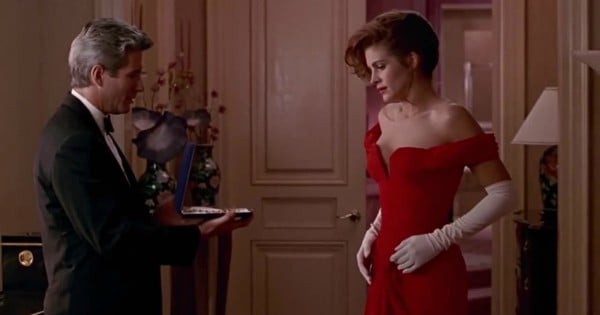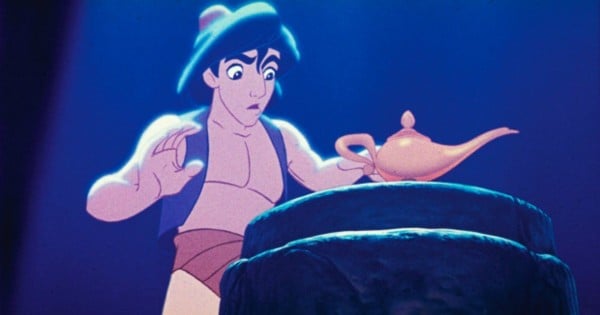

They say diamonds are a girl’s best friend. While that might be true, they don’t seem to get along with my wallet. At all.
For those of us wanting to bling up our lives without the price tag (or fiancé), there is hope: second-hand jewellery stores. These troves of hidden treasures will be your new best-kept secret whenever someone asks you where you got that gorgeous, one-of-a-kind antique ring – and we’ll do our bit to keep our lips sealed, too.
We spoke to Michael Pearce, a jewellery specialist with more than 12 years’ experience in the industry, about his top tips for anyone interested buying or selling second-hand jewellery.
Here are six things to keep in mind when evaluating jewellery, so you can figure out whether the pre-loved piece you’ve fallen in love with is actually the real deal.
1. Look for the hallmark.
When buying or selling jewellery, the first thing appraisers will look for is the hallmark and stamp. “All jewellery should have an identifying mark stating the quality of gold in the piece which tells us that it is actual carat gold and not costume or fake. Diamonds can also have identifying serial numbers to signify what it is and its authenticity. These generally come from an independent authority, like the Gemmological Institute of America (GIA) who are an international authority on diamond grading,” comments Pearce.
Apart from the hallmark, many pieces of jewellery will also come with a marker’s mark, which is the stamp signifying the artisan or company that produced the jewellery. These are more common – and also more valuable – when looking to buy or sell designer or brand-name pieces, such as Tiffany & Co or Rolex. When buying luxury, second-hand pieces such as these, they will also often come with a certificate of authenticity.

